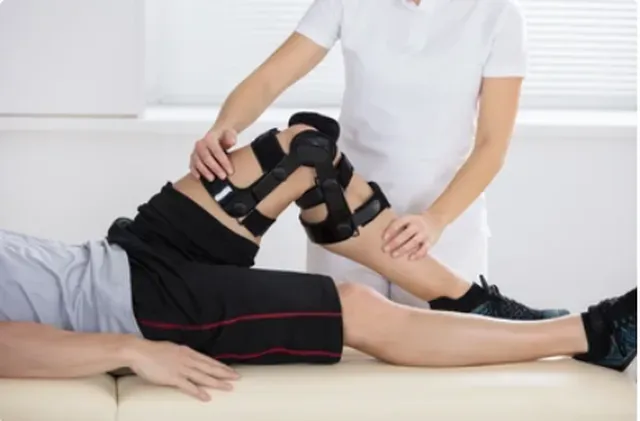Automobile accidents can cause a range of injuries, from minor bruises to severe musculoskeletal trauma. Physical therapy plays a crucial role in the rehabilitation of individuals who have been injured in such accidents, helping them regain strength, mobility, and function. In this blog, we’ll explore the numerous benefits of physical therapy and chiropractic care for patients recovering from automobile accident injuries.
Q: What are the common types of injuries sustained in automobile accidents that can benefit from physical therapy and chiropractic care?
A: Automobile accidents can result in a variety of injuries, including whiplash, fractures, soft tissue injuries, spinal cord injuries, and traumatic brain injuries. Physical therapy and Chiropractors can address the musculoskeletal and neurological effects of these injuries and promote recovery.
Q: How does physical therapy help patients with automobile accident injuries?
A: Physical therapy helps patients with automobile accident injuries by reducing pain, restoring mobility, improving strength and flexibility, and enhancing overall function. It also aids in preventing long-term complications such as chronic pain or disability.
Q: What specific techniques are used in physical therapy for automobile accident injuries?
A: Physical therapists use a range of techniques, including therapeutic exercises, manual therapy, joint mobilization, modalities such as ultrasound and electrical stimulation, as well as patient education and ergonomic training. These techniques are tailored to address the specific needs and conditions of each patient.
Q: What role does chiropractic care and physical therapy play in managing pain for these patients?
A: Physical therapists use various pain management techniques, such as manual therapy, therapeutic exercises, and modalities, to help reduce pain and discomfort. They also educate patients about self-management strategies to alleviate pain and improve their quality of life.
Q: How does physical therapy contribute to the overall recovery process for automobile accident patients?
A: Physical therapy plays a pivotal role in promoting the overall recovery of automobile accident patients by facilitating the healing process, restoring functional independence, and helping patients return to their pre-accident level of activity.
Q: What are the long-term benefits of chiropractic care and physical therapy for individuals injured in automobile accidents?
A: Long-term benefits of physical therapy for these individuals include improved physical function, reduced risk of chronic pain, enhanced quality of life, and a decreased likelihood of long-term disability.
Q: How does physical therapy address the psychological impact of automobile accident injuries?
A: Physical therapists provide psychological support and encouragement to patients, helping them cope with the emotional and psychological impact of their injuries. By regaining physical function and independence, patients often experience improved mental well-being.
Q: Are there any specific considerations or challenges when providing chiropractic care or physical therapy to individuals injured in automobile accidents?
A: Yes, physical therapists must consider the unique circumstances and needs of each patient, including the severity and complexity of their injuries, as well as any psychological trauma resulting from the accident. They also need to collaborate with other healthcare professionals to ensure comprehensive care.
Conclusion:
Physical therapy, Occupational Therapy, Massage Therapy, and Chiropractic care are essential components of the rehabilitation process for individuals who have been injured in automobile accidents. By addressing pain, restoring mobility, and promoting overall recovery, physical therapists play a vital role in helping patients regain their quality of life after such traumatic events. The benefits of physical therapy extend beyond physical healing, encompassing emotional and psychological well-being as well.

